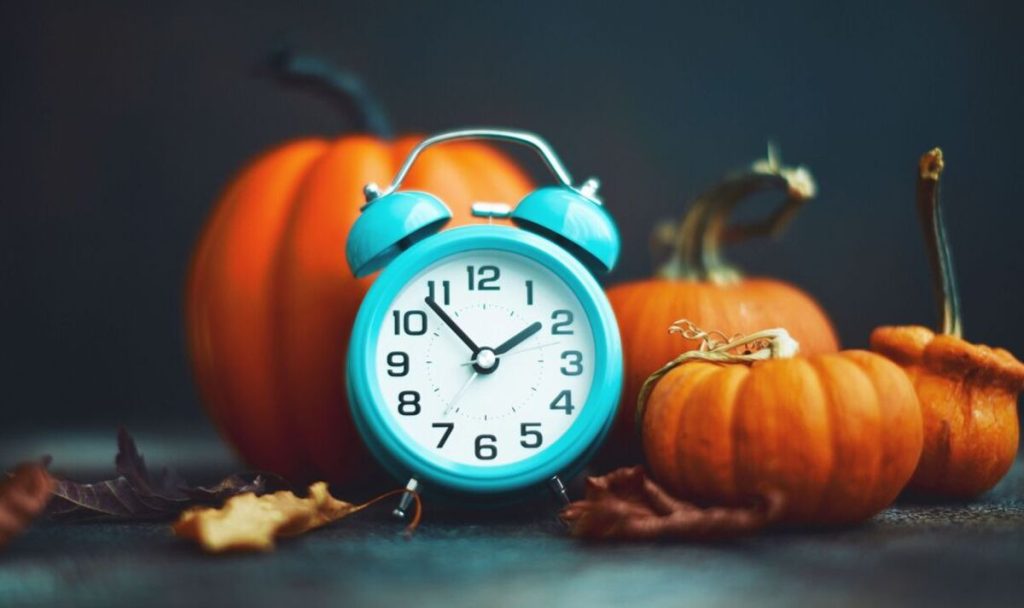
As temperatures drop and the evenings get darker, many Britons will be gearing up for the clocks to change.
The phenomenon takes place every year at the end of October but not always on the same date each year.
This year, the clocks will go back on October 29 at 2am.
The Government website explains: “In the UK the clocks go forward one hour at 1am on the last Sunday in March, and back one hour at 2am on the last Sunday in October.
“The period when the clocks are one hour ahead is called British Summer Time (BST).
“There’s more daylight in the evenings and less in the mornings (sometimes called Daylight Saving Time).
“When the clocks go back, the UK is on Greenwich Mean Time (GMT).” The clocks will then go forward on March 31, 2024 when they jump forward one hour.
The clocks started going forwards and backwards in 1916 with Germany being the first country to adopt Daylight Saving Time to conserve energy.
After Germany adopted the practice, the UK began doing it a few weeks later along with several other European governments.
Countries in Europe, North America, parts of South America and Australasia change their clocks as well as some states in the USA.
Many countries in Africa and Asia and those along the equator do not change their clocks.
In the US, the clocks will go back in some states on November 5, 2023.
The clocks going back will be a welcome relief for many who have the weekend off as it means you can have an extra hour in bed.
When the clocks go back, it will get dark faster in the evenings.

 Latest Breaking News Online News Portal
Latest Breaking News Online News Portal




